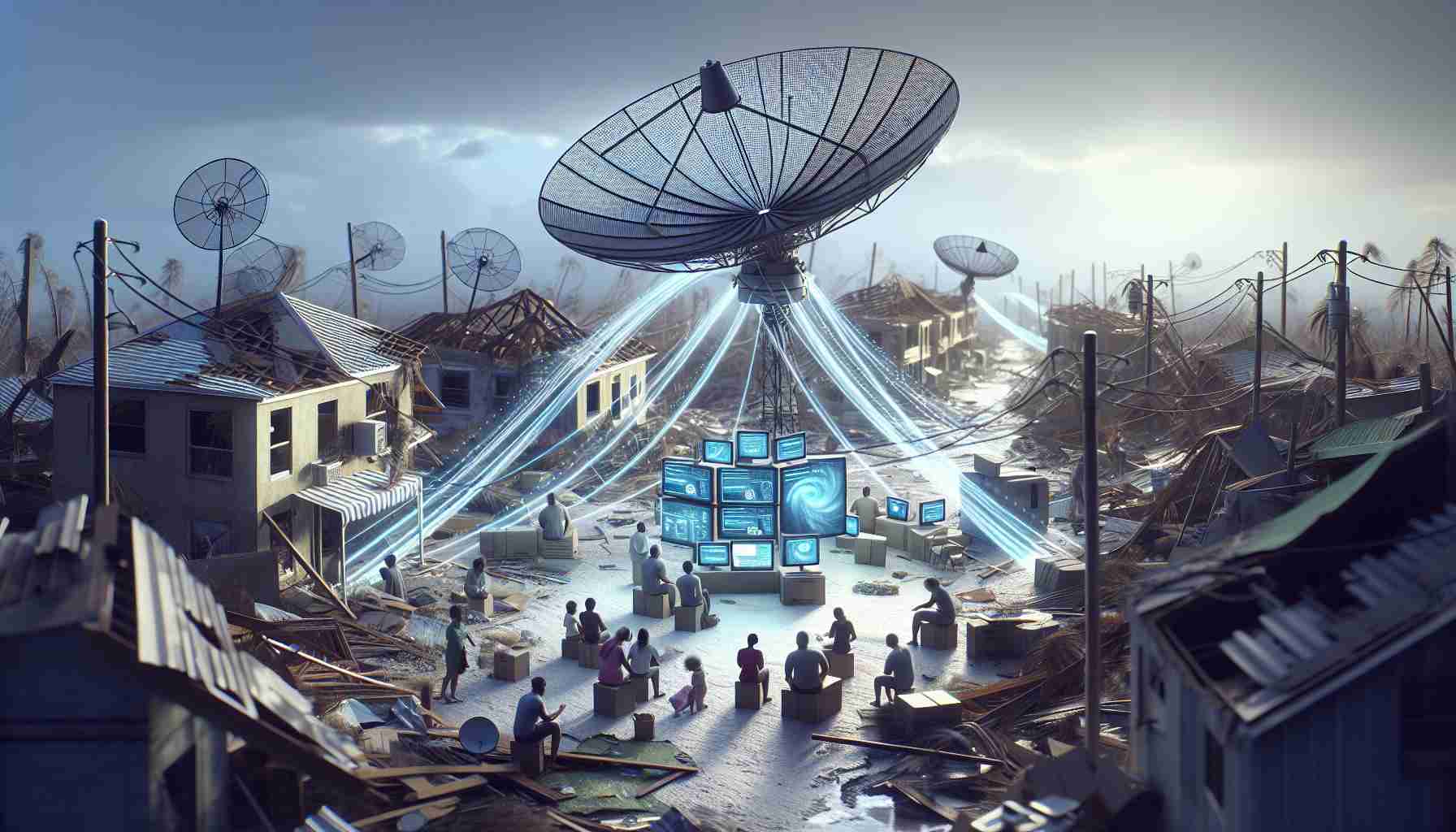Starlink’s recent initiative offers access to cost-effective internet services for individuals impacted by unforeseen circumstances, expanding beyond hurricane relief. Residents facing challenges due to events like Hurricane Helene can now benefit from a 30-day coverage extended until the end of 2024, ensuring continued connectivity during times of need. The company’s commitment to supporting those affected has garnered positive attention.
Customers seeking to avail themselves of Starlink’s services should note the gradual transition to a paid subscription model commencing January 1, 2025, at a competitive rate of $120 per month. While the initial equipment fee of $349 raised concerns, Starlink has streamlined the process for acquiring necessary kits, facilitating smoother transitions for users. These efforts align with the company’s vision of providing reliable internet access to a wider audience.
Interested individuals can explore various options for obtaining Starlink kits, either directly from the company or through select retailers like Best Buy and Home Depot. Although delivery times may vary, Starlink remains dedicated to fulfilling orders promptly to minimize disruptions. The user-friendly interface on the Hurricane Relief page simplifies the application process, enabling seamless integration of services into users’ daily lives.
As Starlink continues to expand its outreach beyond traditional disaster relief efforts, the future looks promising for individuals seeking affordable and efficient internet solutions. By leveraging innovative technologies and inclusive approaches, Starlink sets a new standard for connectivity, empowering communities to overcome challenges and embrace a digital future.
Starlink’s Hurricane Relief Program: Exploring New Frontiers in Assistance and Connectivity
In the realm of disaster relief and connectivity solutions, Starlink’s innovative approach has sparked interest and raised essential questions regarding its long-term impact and sustainability. Let’s delve into some less-discussed aspects of Starlink’s Hurricane Relief Program and envision the opportunities that lie beyond immediate natural disasters.
Key Questions and Answers:
1. How does Starlink ensure the resilience of its internet services during extreme weather conditions apart from hurricanes?
Starlink has implemented advanced technology and satellite positioning to maintain connectivity during severe weather events like hurricanes. The network’s redundancy and adaptability contribute to a stable connection even in challenging circumstances.
2. What measures are in place to address the digital divide in rural areas through the Hurricane Relief Program?
Starlink’s program aims to bridge the digital divide by offering affordable internet services to underserved rural communities affected by disasters. By providing reliable connectivity, Starlink facilitates access to vital information and resources in remote regions.
Challenges and Controversies:
While Starlink’s efforts are commendable, some challenges and controversies accompany the implementation of the Hurricane Relief Program. One significant issue revolves around the equitable distribution of resources during crises, as prioritizing certain regions or users may lead to disparities in access and assistance.
Advantages and Disadvantages:
– Advantages:
– Quick deployment of connectivity services in disaster-stricken areas.
– Cost-effective internet solutions for individuals in need.
– Diversified distribution channels through retailers like Best Buy and Home Depot.
– Disadvantages:
– Transition to a paid subscription model post-relief period may pose financial challenges for some users.
– Limited availability of Starlink kits during high demand periods.
– Potential environmental concerns related to satellite deployment and space debris.
As Starlink continues to navigate the evolving landscape of disaster relief and connectivity initiatives, addressing these challenges and mitigating controversies will be crucial for sustaining its positive impact and fostering community resilience.
To explore more about Starlink’s ongoing projects and initiatives, visit Starlink’s official website. Discover how technological advancements are reshaping disaster response and connectivity solutions for a brighter, more connected future.



















